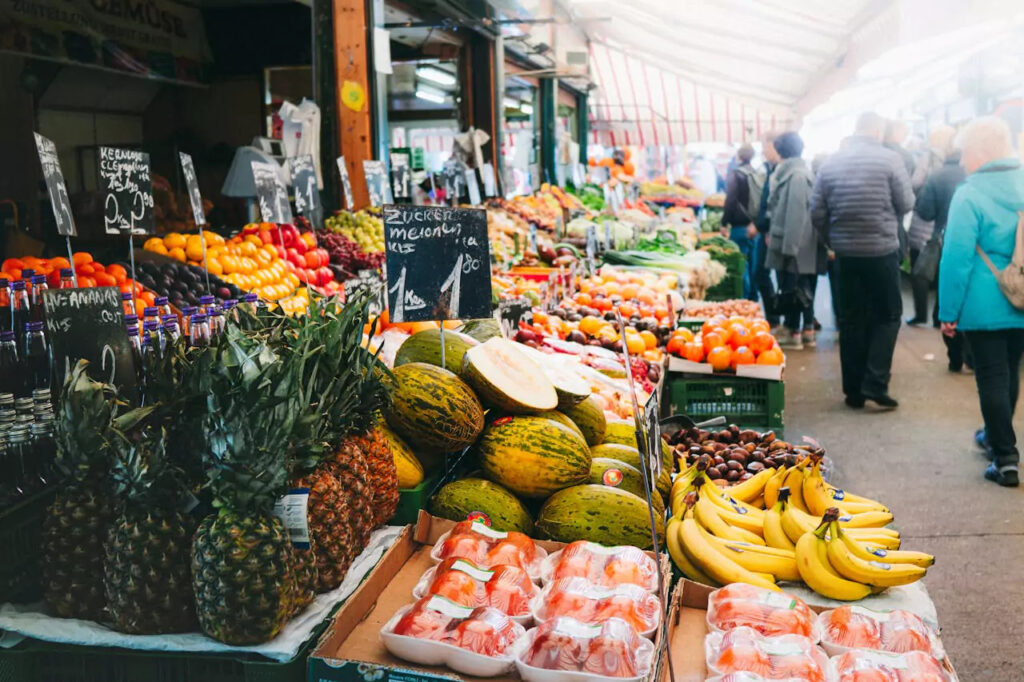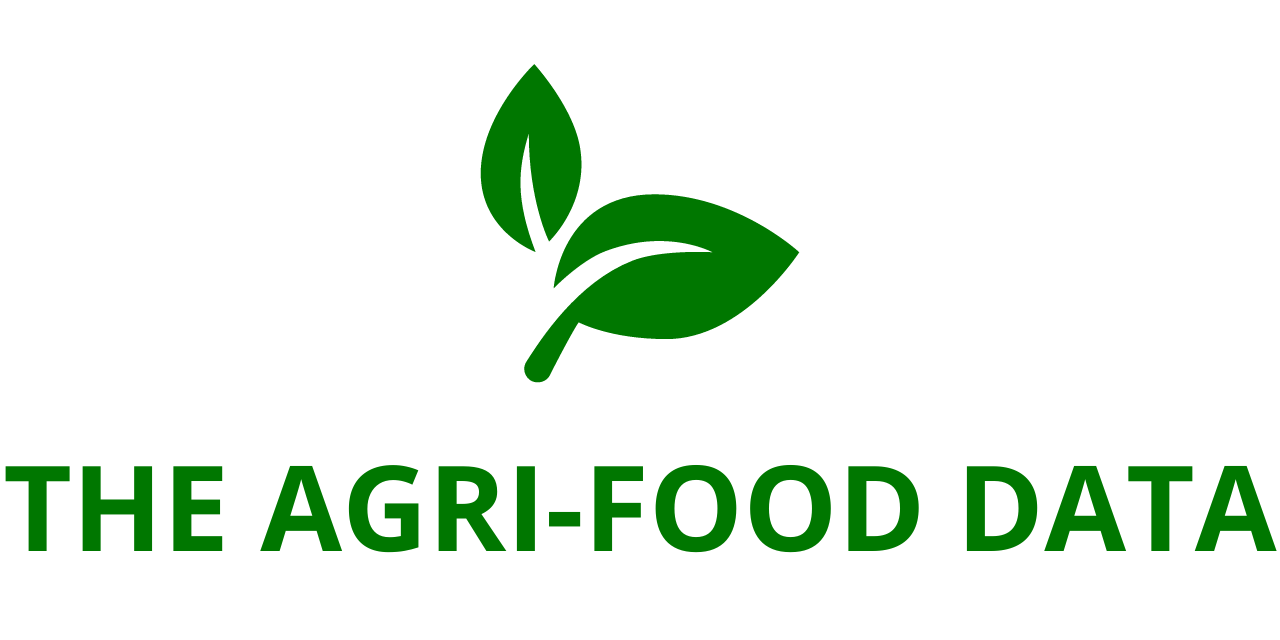
The U.S. private label food market is experiencing robust growth, driven by evolving consumer preferences, innovations in product offerings, and increased demand for convenience and affordability. Valued at USD 145.63 billion in 2024, the market is projected to reach USD 283.36 billion by 2030, growing at a compound annual growth rate (CAGR) of 11.73%. This rapid expansion reflects the ongoing shifts in consumer behavior and the strategic efforts of retailers to compete with national brands.
Market Overview
The private label food sector in the U.S. is highly competitive, with numerous vendors fighting for market share. The industry is characterized by its focus on providing consumers with more affordable alternatives to national food brands, often through price advantages without compromising quality. Retailers are making significant investments to elevate the quality of their private label products, ensuring they meet the expectations of consumers who demand the same, if not better, quality than national brands. This focus on quality improvement is matched by innovations in product offerings and targeted marketing efforts designed to foster customer loyalty.
The U.S. market is regionally diverse, with the South region accounting for the largest share and the fastest growth. This region benefits from several factors, including rapid population growth, a strong presence of regional chains, and a rising Hispanic population. States such as Florida, North Carolina, Georgia, and Texas are major contributors to the growth of the private label food market. Economic opportunities and affordable living costs in these areas attract new residents, further driving demand for food products, especially prepared meals. Busy lifestyles in these regions have contributed to an increasing preference for convenient, ready-to-eat food options.

Key Trends in the U.S. Private Label Food Market
1. Shift Towards Plant-Based Foods
One of the most significant trends in the U.S. private label food market is the shift towards plant-based food products. This change is being driven by growing consumer awareness of health, wellness, sustainability, and ethical considerations. Many consumers are increasingly opting for vegan, vegetarian, or flexitarian diets, influenced by the environmental and ethical benefits associated with plant-based eating. As a result, private label brands are introducing allergen-friendly, clean-label, and innovative plant-based products to meet these changing dietary preferences. The demand for plant-based food options is expanding rapidly, prompting private label brands to innovate and diversify their offerings to cater to this new consumer segment.
2. Premiumization of Private Label Products
Another notable trend is the premiumization of private label food products. With the rising disposable income of U.S. consumers, there is an increasing demand for high-quality and specialty products that offer unique flavors, high-quality ingredients, and experiences that rival those of national brands or even restaurant-quality meals. Retailers are investing heavily to improve the quality of their private label offerings, closing the gap between their products and those of well-established national brands. This shift is particularly evident in the premium private label segment, which caters to consumers willing to pay more for high-quality food items. The trend toward premiumization is helping private label brands build stronger consumer trust and loyalty, and compete more effectively with national brands.
Market Drivers
1. Surge in Demand for Packaged Foods
The growing demand for packaged foods is one of the primary drivers of the U.S. private label food market. Changes in consumer lifestyles, including an increased preference for convenience, have led to higher consumption of packaged and ready-to-eat foods. Additionally, economic pressures and health-conscious choices are pushing consumers toward packaged foods that provide nutritional benefits and longer shelf life. The COVID-19 pandemic further heightened consumer awareness of food safety and hygiene, increasing demand for packaged foods that help preserve freshness and protect against contamination.
As more consumers opt for packaged food solutions that are easy to store, convenient, and safe, private label food brands are seeing significant growth in this area. Innovations in packaging, such as eco-friendly and sustainable materials, also align with the growing trend of environmental awareness, contributing to the market’s expansion.
2. Advancements Shaping the Future of Private Label Food
Technological advancements and innovations are transforming the U.S. private label food market. From product innovations to improvements in packaging and personalization, these advancements are shaping the future of the industry. Retailers are increasingly focusing on digitization, e-commerce platforms, and personalized experiences to engage consumers. In addition, technological innovations such as time-temperature indicators and reusable packaging are improving food safety and convenience for consumers.
Busy lifestyles, particularly in urban areas, are driving the demand for portion-controlled and convenient meal solutions, such as ready-to-eat meals and meal kits. These products cater to smaller households or individuals who seek quick, healthy, and convenient meal options without sacrificing quality or taste. Furthermore, the growing preference for clean-label products that use minimal processing and recognizable ingredients is spurring innovation in the market.
Challenges Facing the Market
While the U.S. private label food market is poised for growth, it also faces significant challenges. One of the key obstacles is the availability of alternatives. Private label food brands are constantly competing with national brands, which often hold stronger consumer trust due to their long-established reputations for quality. National brands also have larger marketing budgets, which enable them to dominate advertising, promotions, and shelf space in retail stores. These factors make it difficult for private label brands to capture and retain market share, especially in competitive food categories.
Furthermore, the increasing number of specialty brands within the private label category is intensifying competition. Retailers offering multiple private label options must differentiate their products through innovation, quality, and marketing to avoid cannibalizing their own market share.
Market Insights by Segment
- By Product: The dairy segment holds the largest share of the private label food market, accounting for over 25% of total market revenue. Increased demand for plant-based dairy alternatives is further driving the growth of this segment.
- By End User: The Business-to-Consumer (B2C) segment shows the highest growth rate, expanding by 11.89%. Consumers are increasingly accepting private label products, driven by affordability and quality improvements.
- By Age Group: The 35-64 age group represents the largest market share, driven by their higher disposable income and willingness to purchase premium private label food products.
- By Region: The South region leads the U.S. market in both share and growth. Factors such as population growth, economic opportunities, and the presence of major retailers like Walmart contribute to the region’s strong performance.





